Choose only one to tell others.
1683 Antoine van Leeuwenhoek peered down his telescope and saw bacteria. We are not alone!
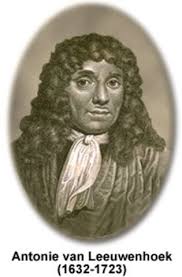
1787 The United States Constitution was ratified with the three-fifths clause and other compromises. Never been to Philadelphia.

1835 Charles Darwin arrived at the Galapagos Islands and sat down to think.
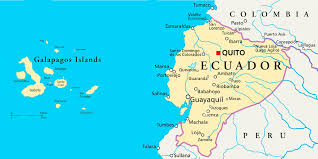
1900 Queen Victoria assented to the Commonwealth of Australia Act – been there!
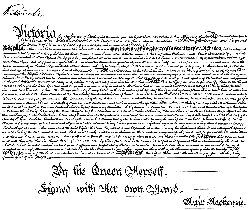
1961 Dag Hammarskjold died in a plane crash. There is a review of a biography of the priest of peace elsewhere on this blog.
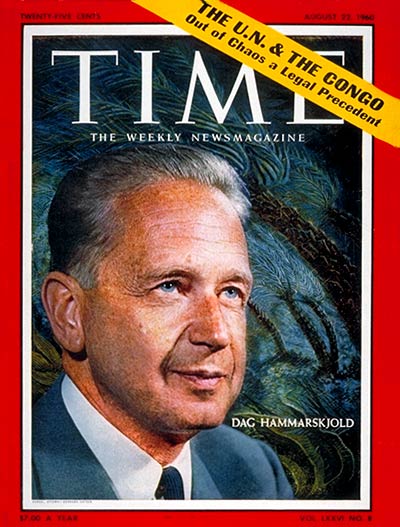
Month: September 2018
‘Planet Earth’ (1974)
IMDb meta-data is runtime of 1 hour and 14 minutes, rated a generous 5.8 by 571 insomniacs.
Genre: Sy Fy.

Verdict: Don’t.
A decade after Star Trek Gene Roddenberry tried again with this pilot for a television series. In design and context, it recalls its predecessor, ditto in being didactic and talky. We even have a combination Vulcan mind meld grip.
But to get to the story. Rip van Carmine Orrico awakens after a long nap to the Twenty-second century where the Planet Earth is recovering ever so slowly from the Republican Apocalypse. He is among civilised Pax scientists who go around dissecting anything and everything. So advanced is their science that they fit him with a hair piece that stays in place.
Elsewhere on Planet Earth are roving bands and isolated enclaves of Mormons, Chicago Cub fans, Mad Maxxers, Vegans, Esperantoists, Tea Partiers, and other nut cases. It is dangerous out there!
The chief gimmick is that only the Paxxers have Opal cards for the metro underground that is everywhere, so they can take the train to adventure. It is every rail commuters dream to have the train system all to oneself! No one on Town Hall Station platforms but thee! Hallelujah!
One of Pax’s top scientists has gone missing and Carmine with Lurch, a petite woman, and an albino set out to find him. This crew would stand-out even on King Street Newtown on Saturday night.
Lurch keeps knocking his head on door lintels. The little woman falls down on cue. The Albino is so weak he has to sit on it.
Only Carmine is up to it. Is he ever! No stunt man is safe from his stunt double as he punches, shoots, kicks, wallops, blasts, and jabs. All the while, the hair piece stays in place. Amazing. Awesome.
Then he falls into the hands of Diana Muldaur. ‘Lucky him,’ said the fraternity brothers. She can make ‘Hello’ sound like both an insult and an invitation. She lives in a community of über liberated women who have enslaved men, and Carmine is just another hunk. He is a slow learner and has to be beaten into submission. Protected by the script sewn into his clothing, he is tough and they run out of whips. There is talk of breeding…..and, the fraternity brothers started to pay attention. But it is only talk.
Meanwhile, the Mad Maxxers draw nearer. And so on and on…. The fraternity brothers fell asleep and their soporific sounds….. Confession: We did not make it to the end.
The script is paper thin! Ha! Ha! That is despite the fact that the writing credit goes to ‘Rockford Files’ wordsmith Juanita Bartlett. And the direction is turgid though credited to Star Trek journeyman Marc Daniels, and produced by another ST veteran, Robert Justman. It is a good team, but this time there no air in the ball.
‘The Adventures of the Busts of Eva Perón’ (2015) by Carlos Gamerro
Good Reads meta-data is 352 pages, rated 3.71 by 51 litizens.
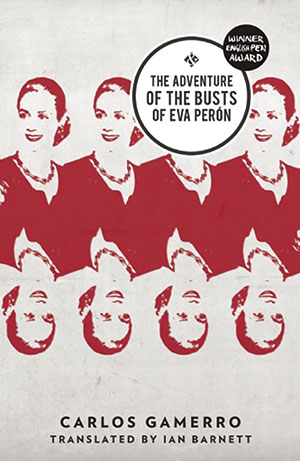
A tale of corporate ambition set against Montoneros terrorism in Buenos Aires Argentina. Our hero Ernesto Marroné is determined to rise to the top. He studies self-help books, listens to motivational tapes, memorises the nostrums of career guides, has read every book on management there is, always smiles on the outside, and gets to work before anyone else. The only way is up!
Then….the Montoneros kidnap the head of his firm, and they send one of the victim’s fingers to the firm as proof, with their first demand: that a bust of Eva Perón be displayed in each of the firm’s ninety-two offices within ten days! The task of complying with this demand is assigned to the ever-ready, corporate yes-man Marroné.
As he places the order at a plaster works, it is seized by striking workers and he is made captive. He tries to use his ‘How to Win Friends and Influence People’ wisdom to cope. He has a veritable bibliography of such books in his mind and he takes pages from many of them to apply to his situation. The chief title is ‘Don Quixote: The Executive-Errant,’ fitting for this picturesque novel of adventures down the rabbit hole. Some of that is downright hilarious. Some of it is downright depressing. Most of it is just boring.
Even more amusing is his effort to abstract from the titular lady herself insights that can be used in this situation. He mentally composes an ‘Eva Perón on Management’ book starting with how to manage striking workers. The clean-cut, über bourgeoise Ernesto becomes a leader of the strike, and in so doing learns a great deal about Argentina and Argentines that he did not know before. He comes to identify himself with Eva.
As a leader the workers he goes hither and thither in the slums, barrios, and suburbs, and finds his way to Evita City. Yes, in 1947 President Juan Perón had a suburb named for her and its borders drawn to resemble her profile. Illustrated below.
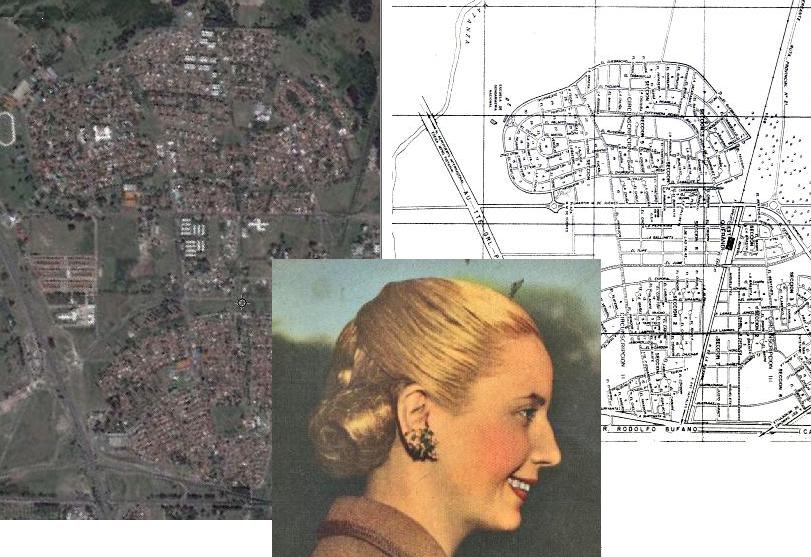
It still exists, though over the years the name has come and gone and profile has been lost. In it all of social services and amenities that Eva campaigned for were to be available to those fortunate enough to live there. Not so any more.
In its way the book is another tribute to the hold that Eva Perón retains over the imagination in Argentina.
Today in history
1620 Mayflower leaves Plymouth to find rock – Kate has been there

1810 Mexican rebel against Spanish rule – been to Mexico

1908 William Durant incorporates General Motors – had Chevrolets
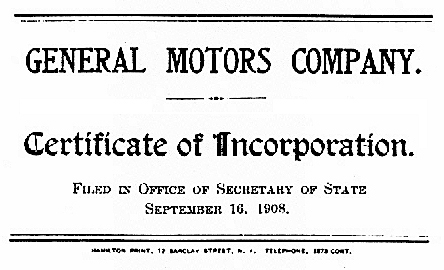
1956 First Television broadcast in Stralia – watched 9

1975 PNG independence – nada
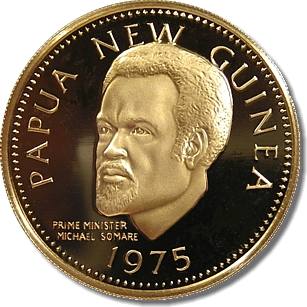
‘Island of the Mad’ (2018) by Laurie King
The fifteenth in the series featuring Sherlock Holmes and his young wife Mary Russell.
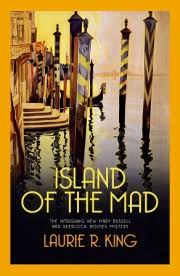
This time the dynamic duo come to the aid of Mad Woman, whose madness is to be a lesbian and have a very unpleasant brother, who in addition to sexual harassment, rape, and theft, also wears a blackshirt when visiting Italy. What a package is this straw Marquess.
But the shenanigans give occasion for Mary Russell to break into Bethlehem Royal Hospital, better known as Bedlam. Thereafter the fashion show moves to Venice and the eponymous island, Poveglia.
There the twosome meet Elsa Maxwell (1893-1963) and Cole Porter (1891-1964) of Indiana. She was born in Keokuk Iowa (been there) during a theatrical performance, and pretty much thereafter never left the stage of her own making.
 Maxwell in 1933
Maxwell in 1933
Professor Wiki describes her as a songwriter, gossip columnist, radio presenter, and professional hostess. Prof also credits her with engendering the treasure hunt and the scavenger hunt as party pastimes.
There is a nice study of Porter in these pages and his intense relationship with Linda, his wife.
 The palazzo the Porters rented in Venice. Porter once hired the Ballet Russe to entertain at a party there.
The palazzo the Porters rented in Venice. Porter once hired the Ballet Russe to entertain at a party there.
There is very little sleuthing. Though much of the plot is hidden in plain sight, and that is a nice trick. Many of the things seen and done are taken figuratively, only later to realise they were literal. Though I never did figure out what the brother in the white coat was doing, or quite how Mussolini’s wife related to things. There is also some insight into how Bedlam worked. The research shows, but alas some of its presentation is laboured.
Much too much padding about the fashions and morēs of rich and infamous in corrupt and decadent Venice of 1925. Hmm.
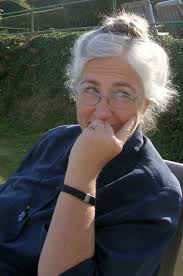
Yet it is remarkable that Laurie King has sustained this series since 1994 through fifteen titles and one collection of short stories.
15 September in history
1588 The Spanish Armanda lost – Thomas Hobbes was born.
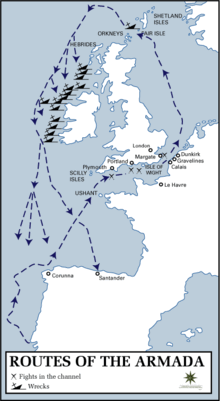
1917 Alexander Kerensky formed a Republican government in St Petersburg – saw him give a talk once.
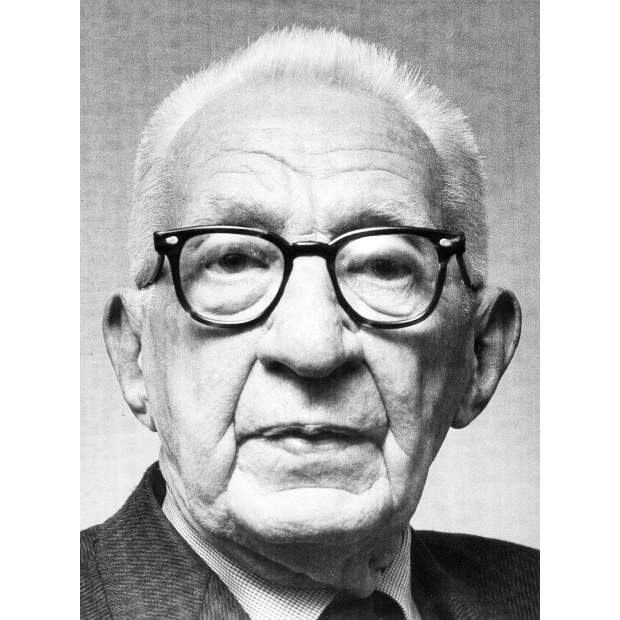
1928 Alexander Fleming noticed penicillin – had plenty of it.
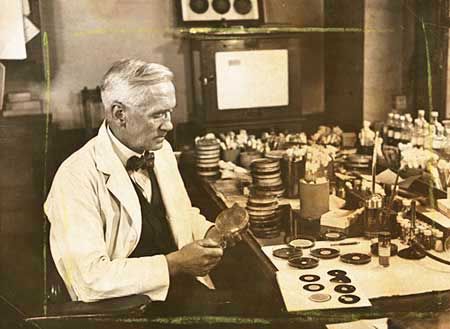
1935 The Nuremberg Laws were enacted in Nazi Germany – no comment

1981 Sandra Day O’Connor became a US Supreme Court judge
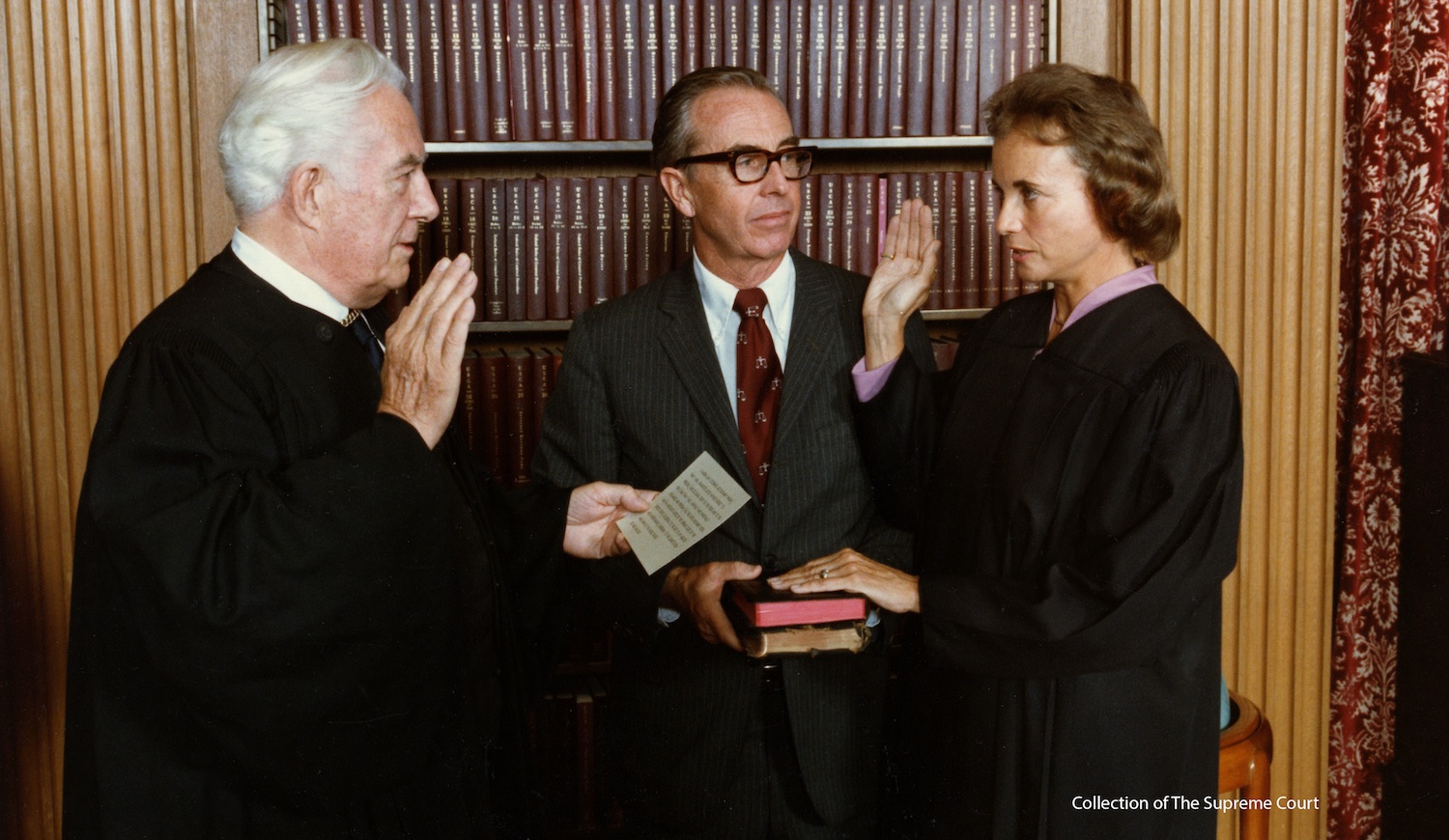
‘Evita’ at the Sydney Opera House
It is Eva’s show first and last, dead and alive, Eva and Evita. It’ll about Eva. Tina Arena nails the performance. Chapeaux!

The use of archival film was interesting and we wanted more of that, and that it be integrated into the story rather than merely wallpaper.
There is some clever choreography with the martinet toy soldiers.
But….
Yes, there are a number of them and they concern the narrative and the music. Me, I know nothing about music, so I will clear the air on that first. I found it to be repetitive. Even I could tell that. And it was shallow. The performers made the best of it, to be sure.
Moving on to the narrative.
It’s only a show. Why does it matter? Because, as with movies, many viewers will suppose it is accurate and after seeing it conclude they now know the Perón story. Aaaaargh!
Tomás Elroy Martínez called it an abomination and I can see why.
The narrative reflects the arrested development of a Hollywood script writer, whose idea of a sophisticated man of the world is Silvio Berlusconi. None of the depth and complexity of the principals and the circumstances are present.
The program notes comment that while driving the author heard ten minutes of a radio program about Eva and that set him onto the trail. Ten whole minutes of preparation! From a shallow medium itself. Yes, I know the notes go on about his subsequent research. Oh hum.
This is not the time and place to go into any of the details, though previous reviews on this blog about the Peròns are there to be seen.
In this rendering there is too little of the man himself, Juan Perón, and too much a man who was not there Ernesto Guevara. (Ernie was a teenager at time, by the way, and still living at home). The latter is a narrator of sorts, reeking of cynicism, wreathed in cigar smoke, and running with sprayed on water. Intrusive and pointless to this observer.
How can a story of Argentina have so little tango in it. While the dancers do as told, it is hardly tango. But its absence reminded me of Carlos Saura’s masterpiece ‘Tango’ (1998).
The telling is stocked with the usual tropes that preoccupy boys with arrested development, sex and money alternating with money and sex, leavened by sex and money.
As is to be expected in such tripe, there is also in the program notes (which are not paginated) a reference to Eva’s ‘Machiavellian management’ of her career. One stereotype is thus trotted out to explain another, and neither connects with reality. By the way, when a woman manages her career it is blackened as with that adjective ‘Machiavellian,’ but when a man does likewise it is the habit of a successful person to be emulated by others.

The screen cover over the stage depicted Perón rising on the corpses of hapless workers, guarded by intimidating soldiers, protecting plutocrats, and luxuriating in riches. It is quadruple play of error. And indicative of the intellectual and historical veracity of what followed.
14 September in history
1741 George Frideric Handel completed ‘The Messiah’ – heard that

1812 Napoleon in Moscow’s Kremlin – been there
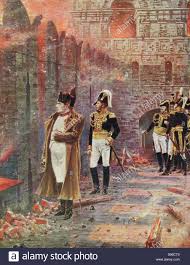
1939 Igor Sikorsky’s first helicopter – never done that
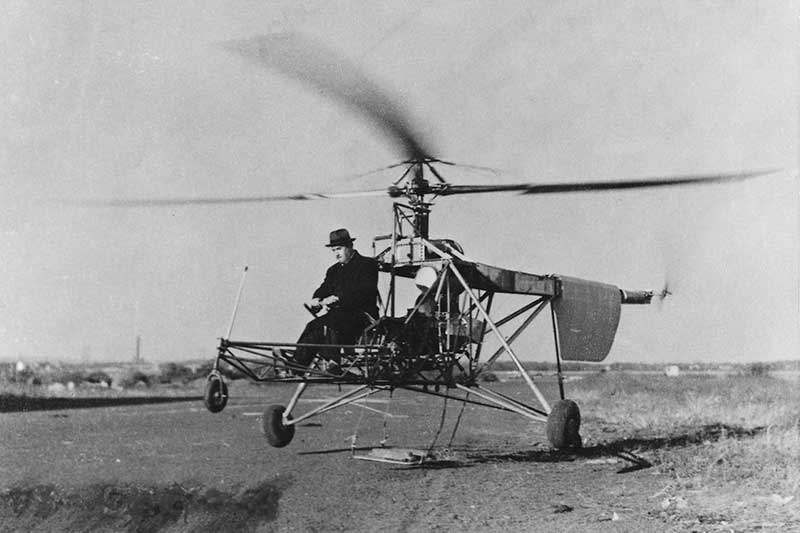
1959 The Soviet Union landed Luna 2 on the Moon – nor this
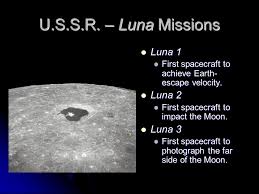
2001 Ansett Airlines bankrupt – I became an unsecured creditor, i.e., I had a pile of Frequent Flyer points now worth nothing.

‘A Concise History of Austria’ ( 2007 ) by Steven Beller
GoodReads meta-data is 334 pages, rated 3.7 by 52 litizens
Homework for a proposed trip to Vienna next year.
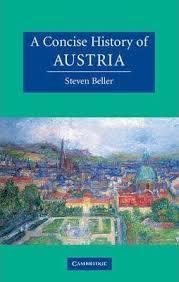 This is part of series of concise histories.
This is part of series of concise histories.
History is just one thing after another, and in the case of Austria, the things occur here, there, and everywhere.
The book concludes with an outstanding summary of the paradoxes that comprise Austria today. In brief, the greatest Austrian is Wolfgang Amadeus Mozart who was born and raised in Salzburg when it was not part of anything Austrian and he never thought of himself as Austrian. See David Weiss’s ‘The Assassination of Mozart’ (1971) for melodramatic account of just how un-Austrian Mozart was. I read this title long ago.
Austria came to exist as lines on a map at the end of World War I, then it disappeared in the Anschluss (which despite ‘The Sound of Music’ was much desired by most living within those lines), and then reappeared as another set of dotted lines in 1945.
The Austro-Hungarian Empire (AHE hereinafter) developed from the vestigial Holy Roman Empire and the Hapsburg dynasty. The latter at one time included Spain, the Netherlands, and much of central Europe in today’s Austria and Hungary and as far south as Bosnia. The Holy Roman Empire is even harder to pin down. Its emperor was selected by German princelings, though Prussia – the most significant German-speaking land – was not included. Got it so far?
The AHE was polyglot, multi-lingual, scattered, variegated, poly-national, and changeable.
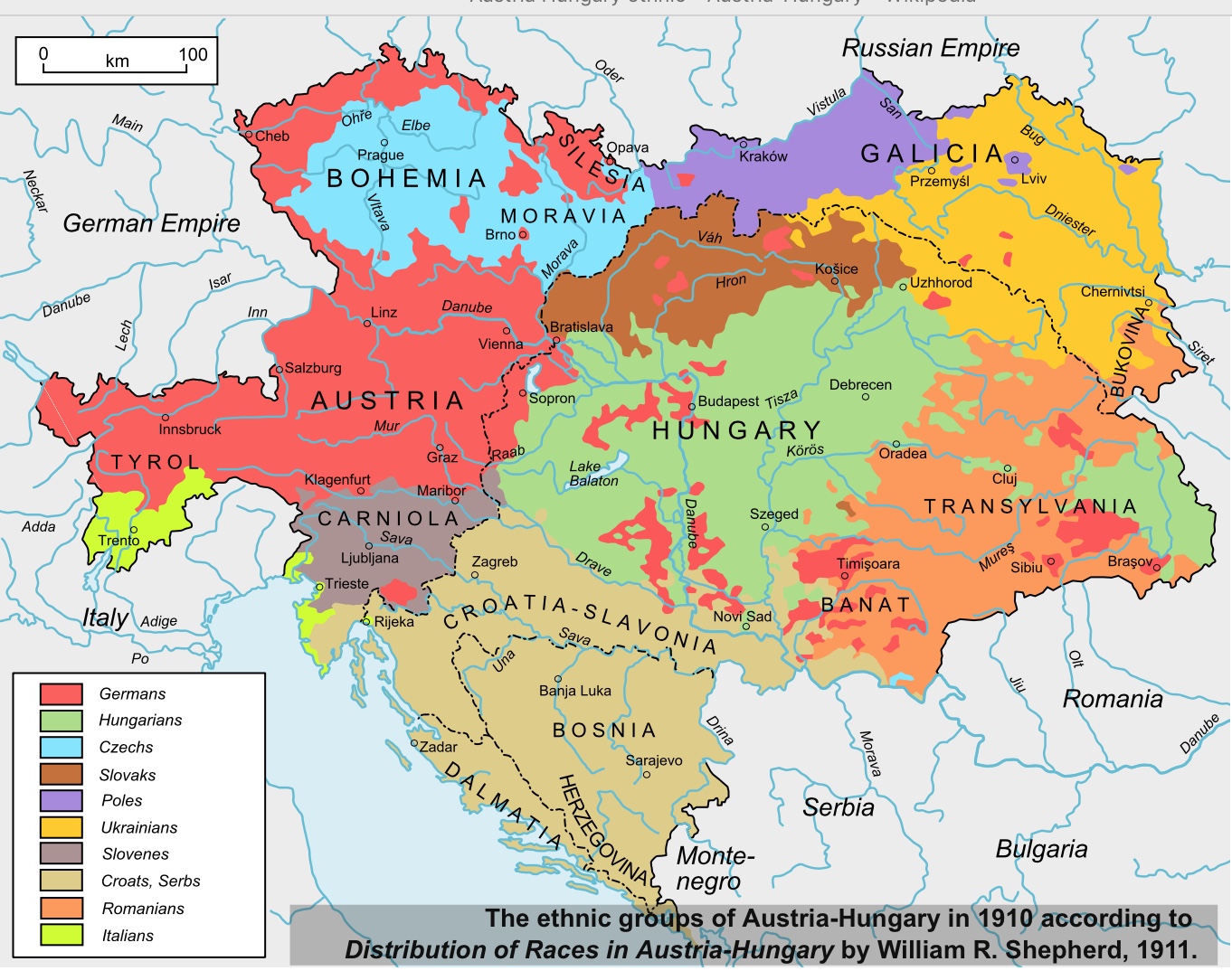
Yet in its core it was German with a considerable and influential cosmopolitan Jewish population in Vienna. When it stumbled into the Great War, it was in fact trying to avoid war, but being inept, instead it precipitated it. Most of the dozen ethnic nationalities in the AHE wanted no part of Vienna’s war and withheld men, material, and food. By 1916 Germany had taken over the AHE in all but name, managing its finances, commanding its armies (in Italy, Romania, and Russia), running the trains, distributing food, and directing the home front. The war was a chemical bath that dissolved the AHE long before the Treaty of Versailles made it official.
The move for German-speaking Austrians to join Germany, even after the latter’s humiliating defeating of 1918, was so widespread and strong that the League of Nations forbade plebiscites on the question of Anschluss. Uniting Austria with Germany would have enlarged and strengthened Germany at a time when the League, i.e., is France, wanted to weaken it. Instead the League fostered the creation of something that have never before existed: Austria, a nation-state.
It consisted of a hinterland and Vienna, and the two had little in common. While Vienna had long depended on Hungarian grain, Czech manufactured goods, and Slovene timber, it had little truck with the new hinterlands attached to it. Some like Salzburg were altogether new additions.
The Depression hit Austria like a hurricane. As Hitler’s Germany rose from the ashes it was the light on the hill for Austrians, and now more than ever they wanted Anschluss, partly to escape the penury of the times, but also to reclaim its own Germanic essence, and to reject the cosmopolitanism of Red Vienna (where communists, socialists, social democrats, Jews, and liberals busily undermined each other).
When the producers of ‘The Sound of Music’ asked Austrian authorities for permission to stage a parade simulating the Nazi German entry into Austria, they were refused. Why? Because Austrians hate Naziism so much that even today the sight of such a parade would ignite a terrible reaction which the authorities might be unable to control. Oh, replied the producers, in that case they would use the ample newsreel footage of the rapturous welcome Austrian gave Nazis in 1938. Ah, replied the authorities, here is the permit for the staging.
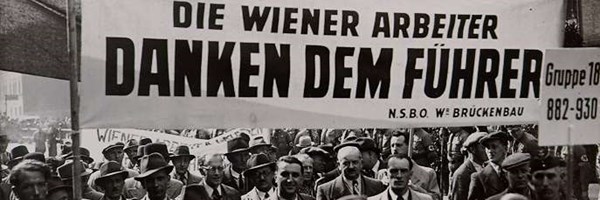
It makes depressing reading to see how eagerly Austrians joined Naziism in all of its worst deeds. The enthusiastic enlistments in the SS. The ready subservience to the Gestapo. The quick denunciation of Jews. The vigorous competition to host and staff death camps.
 Figure it out.
Figure it out.
Before 1938 there were more than 100,000 Jews in Vienna, perhaps 1000 survived by 1945.
Austria and Austrians were willing allies of Germany. Whereas Bulgaria, Romania, Hungary, and others were bullied and cowed into the Axis camp, Austria entered to the sound of music.
Yet in the 1943 Moscow statement, sometimes called the Treaty of Moscow, the Allies said Austria was the first victim of Naziism. Huh? That has never made sense to me, and even less so as I read the litany of its crimes with Naziism in these pages. But now I see the point.
It was one instance of a broader Allied strategy to prise Germany’s partners away for it by implying they would be treated differently. In this spirit when Italy changed government in 1943, it was readily accepted by the Western Allies. Likewise for years FDR kept lines open to Vichy France to dampen its enthusiasm for Naziism. Abraham Lincoln tried the some thing throughout the Civil War, trying to woo individual southern states, like North Carolina, away from the Confederacy with some success.
Stalin went along with this terminology for his own reasons, namely, if it didn’t suit him later, he would renounce it as fake news.
Abracadabra! In 1945 Austria left its Nazi past behind. It was occupied by the Allies until 1955 but the de-Nazification process there was perfunctory from the beginning. See ‘The Third Man’ (1949) by Graham Greene. In fact, it became a route for Naziis to get to the Adriatic and escape. Schools, hospitals, railways, manufacturers and others were ordered to destroy the records for the period 1938-1945. Others did so on their own initiative. The Brown Years were erased and blurred and a national amnesia settled over the new lines on the map.
During the post-war Occupation, the Marshall Plan poured money into the western part of Austria, while Russia stripped the Eastern part of everything from heavy machinery, to concrete blocks from buildings, to clothing, and dried food. The wire from concentration camps was taken down, baled, and transported to the Soviet Union where it was used in the Gulag. So effective was this scraping of the earth that by 1955 there was nothing left to take. Then the dotted lines became solid as a new Austria emerged from the cocoon of occupation.
But by 1955 a neutral Austria suited both the Western and Eastern blocs. There came the Austria we know today. For all of its superficial worldliness manifested in Vienna in particular, it is inward looking, reluctant to change, intolerant, industrious, frugal, and insecure, says the author.
I saw Kurt Waldheim speak in 1986 and he denounced foreigners, insofar as I understood the German. That was in Salzburg, a place that became Austrian by drawing lines on a map, whose major claim to fame is a festival which originated in the desire to reject modernity. The lederhosen of tourism in Austria was a way to cling to its (fictional) past and avoid modern life with trade unions, urban life, women’s liberation, unruly students, the interaction of nationalities (Jews), international influences, protestants, and so on.
When the Berlin Wall fell, Austria shrank from engagement with its historic affiliations in the East, and only diplomatic pressure – greased by German marks – and deft handling by some Austrian leaders overcame that reluctance to admit reality. Yes, Austria had taken in 150,000 fleeing the Hungarian Revolution in 1956, but only on the understanding that they would move on further west. Ditto another 100,000 after the Prague Spring in 1968. These were experiences few Austrians wanted to repeated in the 1990s.
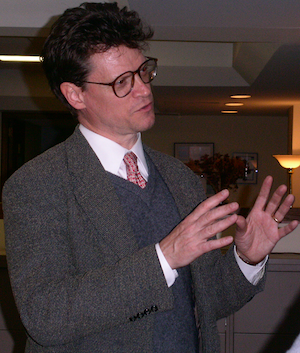 Steven Beller has many other titles.
Steven Beller has many other titles.
While in Salzburg I heard an Austrian politician talk about the Brown Years of Hitler. One thing he said made perfect sense. We were disunited among ourselves, that is, even that minority who opposed Anschluss mostly argued against each other. After the war, the new Austrians of the new Austria closed ranks against all outsiders, and for these new people everyone else was an outsider, including even Austrian expatriates, Austrian Jews, and Austrians who were not German by language or Catholics by religion.
My next reading assignment is ‘Exact Thinking in Demented Times: The Vienna Circle and the Epic Quest for the Foundations of Science’ (2017) by Karl Sigmund.
When I went to Salzburg in 1986 I read Carl Schorske’s ‘Fin de Siecle Vienna’ (1980) and William Johnston, ‘The Austrian Mind: An Intellectual and Social History, 1848-1938’ (1972). I tried and failed to read Robert Musil’s ‘The Man without Qualities’ (1930). Not inclined to try again.
13 September in history
On this day in history, ignoring the International Dateline and all that relativity jazz.
122 AD work began on Hadrian’s Wall.

1759 The French lost North America on the Plains of Abraham – been there.
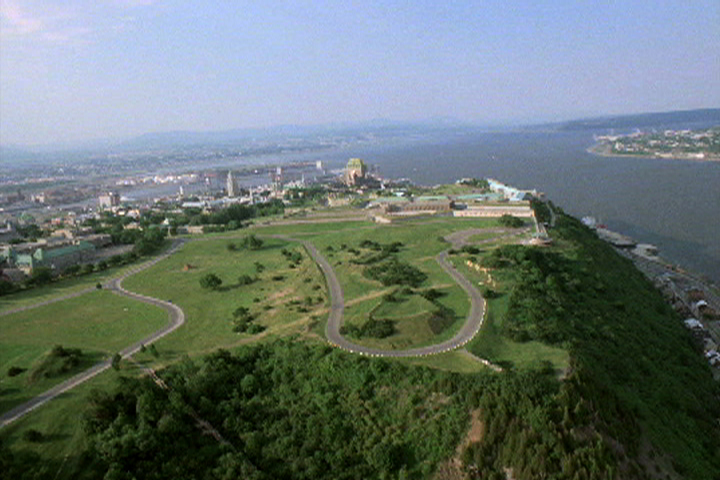
1814 Francis Scott Key was inspired to write the Star Spangled Banner – been there
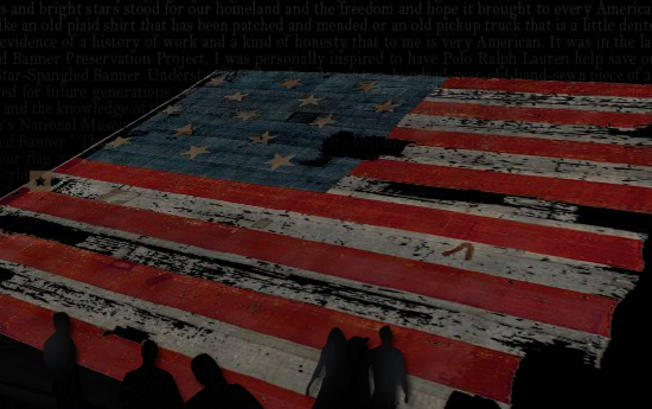
1847 Chapultepec Castle fall ends Mexican-American War – seen there

1955 A Swiss patents what became known as Velcro
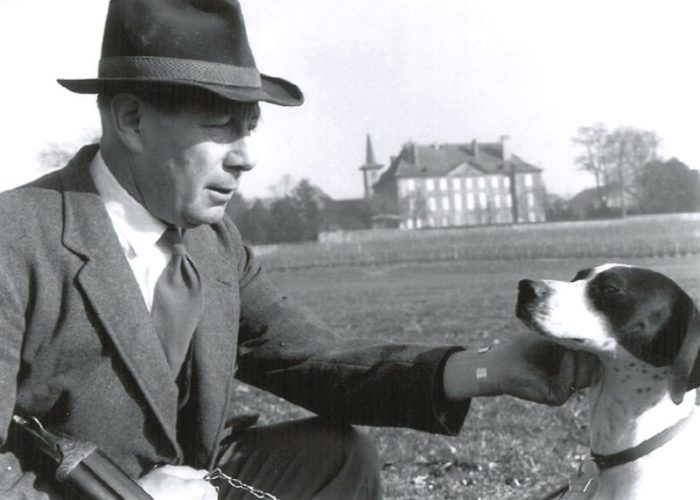
George de Mestral’s experiences picking burrs off his dog led him to think up Velcro. Well that is one explanation. The other is that the Vulcans told him in return for rocket fuel.
